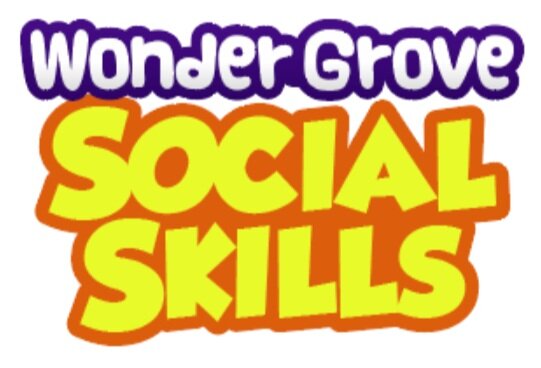4 Tips for Back to School
Wow! Did summer fly by or what? As fun as summer days are, we’re so excited to welcome all of our WonderGrove teachers back to school.
Autumn is always a difficult transition for our young students, but this year may be even more challenging. Students may have trouble working together after a year of distancing or have trouble paying attention in class after a summer filled with screens.
Today we wanted to give a few tips to make the transition back to school for you (and your students) easier.
Clearly list and teach expectations. This is the number one tip on every list, for every school year for a reason! Your students cannot be “successful” in your classroom if they don’t know how you define success. It is more than worth it to take the first few weeks back at school to lock down procedures and expectations in your classroom. WonderGrove can help with tons of behavior and classroom management videos and lessons.
Consider the role of media in students’ lives. CASEL suggests that educators consider how much of a student's life has likely been media-centric for the last 18 months. Students spend an average of 7.5 hours a day in front of screens for pleasure, and that’s not including the virtual learning they’ve been doing the last year. You can use this to your advantage with WonderGrove and the Habits of Mind animations! Students are primed to pay attention to and learn from animated content. When the animations are teaching them positive classroom skills in the first weeks of school, both you and your students will be happy with the results!
Praise your students’ specific positive behaviors. “Positive puke” is when adults just spew positive words in order to make others, especially children, feel good. Don’t just say “good job.” Good job at what? What was the specific thing that the child did that you are proud of? How much better did they get? What was something they used to do that they improved at? It’s likely that the child made a huge effort to grow, change a habit, or replace a habit. They are looking for your specific response!
Teach emotional management. There are two facets of emotional management for young students. One, students need to be able to recognize their emotions as they arise. Students are able to recognize happiness by age five, but other emotions take much longer. With WonderGrove videos, students are able to identify more niche emotions through words and body language as the characters verbalize their feelings. The other facet of emotional management is letting students know that simply feeling sad, mad, or frustrated is okay! It isn’t the emotion that is bad, but the negative actions that sometimes result from those feelings.
You can bring the WonderGrove Social Skills animations to your classroom here.
Again, we are so happy to welcome you back to school!
